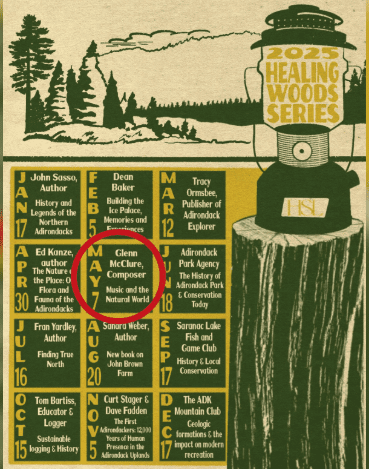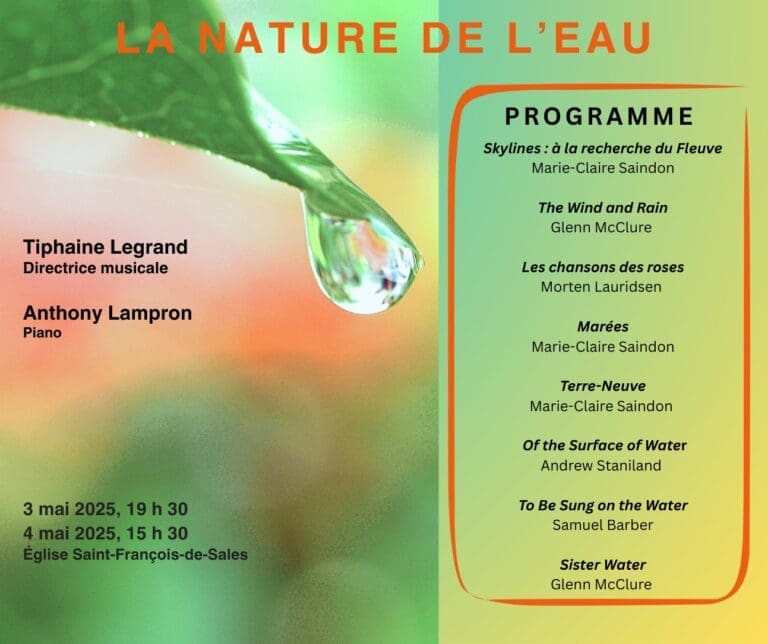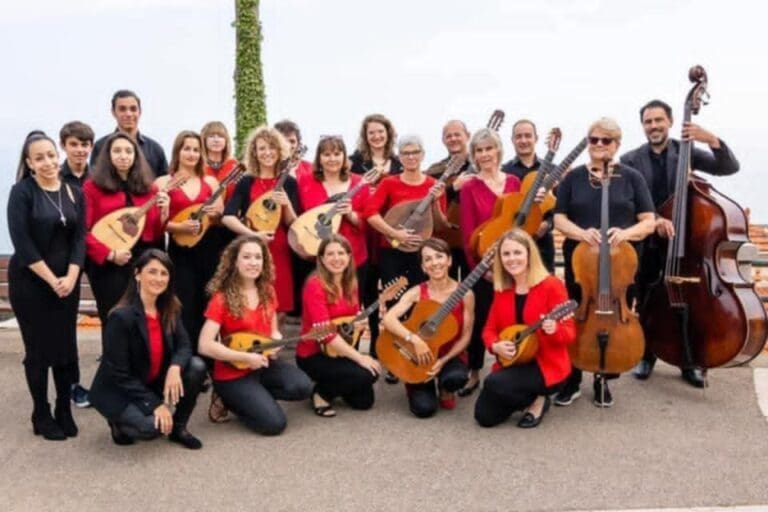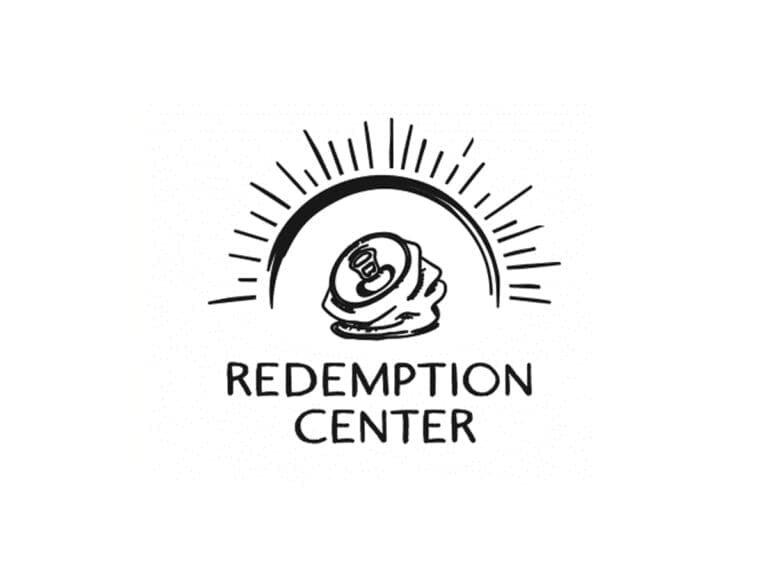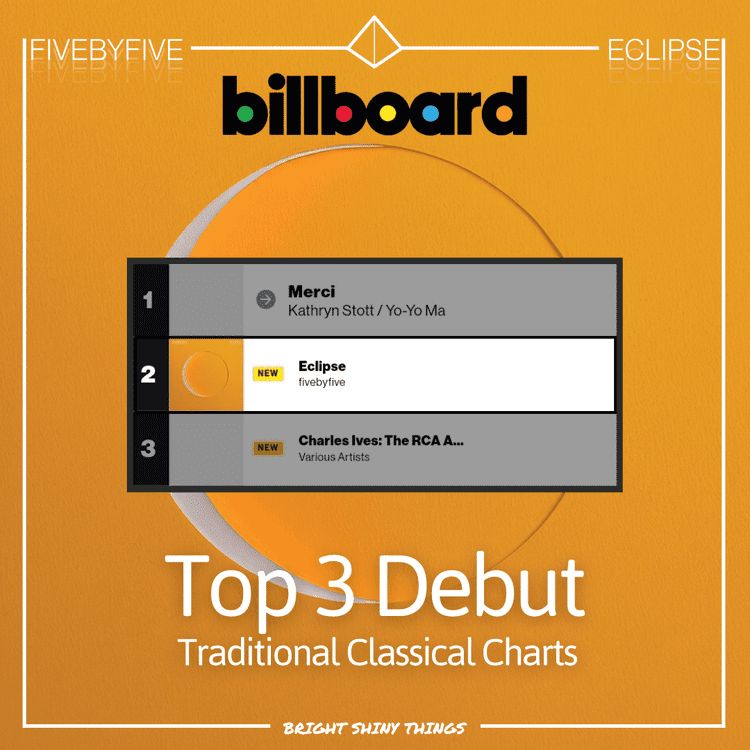A Voice in the Wilderness – Beyond Access for Disability
I’ve been thinking about this idea for a long time. As a person with a disability, I have often ignored the daily struggles, the obstacles invisible to others, and the fatigue of trying to be an artist/musician. I have always wanted to be a “good composer” first, not the “composer with a disability.” I am grateful beyond measure for all those close to me that have minimized my limitations and cheered me on. That being said, I had few other folks that shared my particular struggles until I became a National Teaching Artist with the Kennedy Center Office of Accessibility/VSA. Meeting fellow artists from around the country with a range of disabilities convinced me that my experience was one to be celebrated, to be explored, to be taken seriously as an artistic creator.
With the help of a National Endowment for the Arts, Artist in Residence with Pendragon Theater and Bluseed Studios, I am working on a new musical work that creates a dialogue between a person with a disability and the wilderness. Whereas I start with two abstract concepts, it is the fleshing out of the tangible connections that makes this project so much fun. For example, people with disabilities are often assumed to be “broken” and need to be “fixed,” to be more like mainstream society. For me, my stuttering control has the effect of hiding or “fixing” my disability and allowing me to “pass” as a normal speaker for short periods of time. This ignores the rich and unique cultures that often emerge from disability communities. For example the wonderful and diverse linguistic and cultural components of the hearing impaired community exists beyond the need to function in hearing society. Similarly, the wilderness recreation industry, in an attempt to make the wilderness more friendly to folks who decide to take week’s vacation from their suburban job, will create campsites with electricity, bathrooms with showers, snack shops with potato chips and donuts in order to make regular folks avoid the harsh, more complex parts of a wild ecosystem. In both cases, there is a level of accommodation that the wilderness and the person with a disability makes toward mainstream attitudes and systems.
Furthermore, as new opportunities for wilderness access are emerging (wheel trails, autism trails, and more), this piece attempts to ask, “what happens once we get access?” What new insights come from our dialogue with wild spaces? What do we share with wildness? What can we do together?
This is a reflective work that is emerging from conversations with folks from a wide range of abilities and disabilities. I am happy to work with Accessible Adirondack Tourism and a range of other representatives here in the North Country. We will have a performance in early Fall, with lots of news and new insights to bubble up between now and then.
This project is funded in part by the National Endowment for the Arts, Artist in Residence program with Bluseed Studios and Pendragon Theater.


